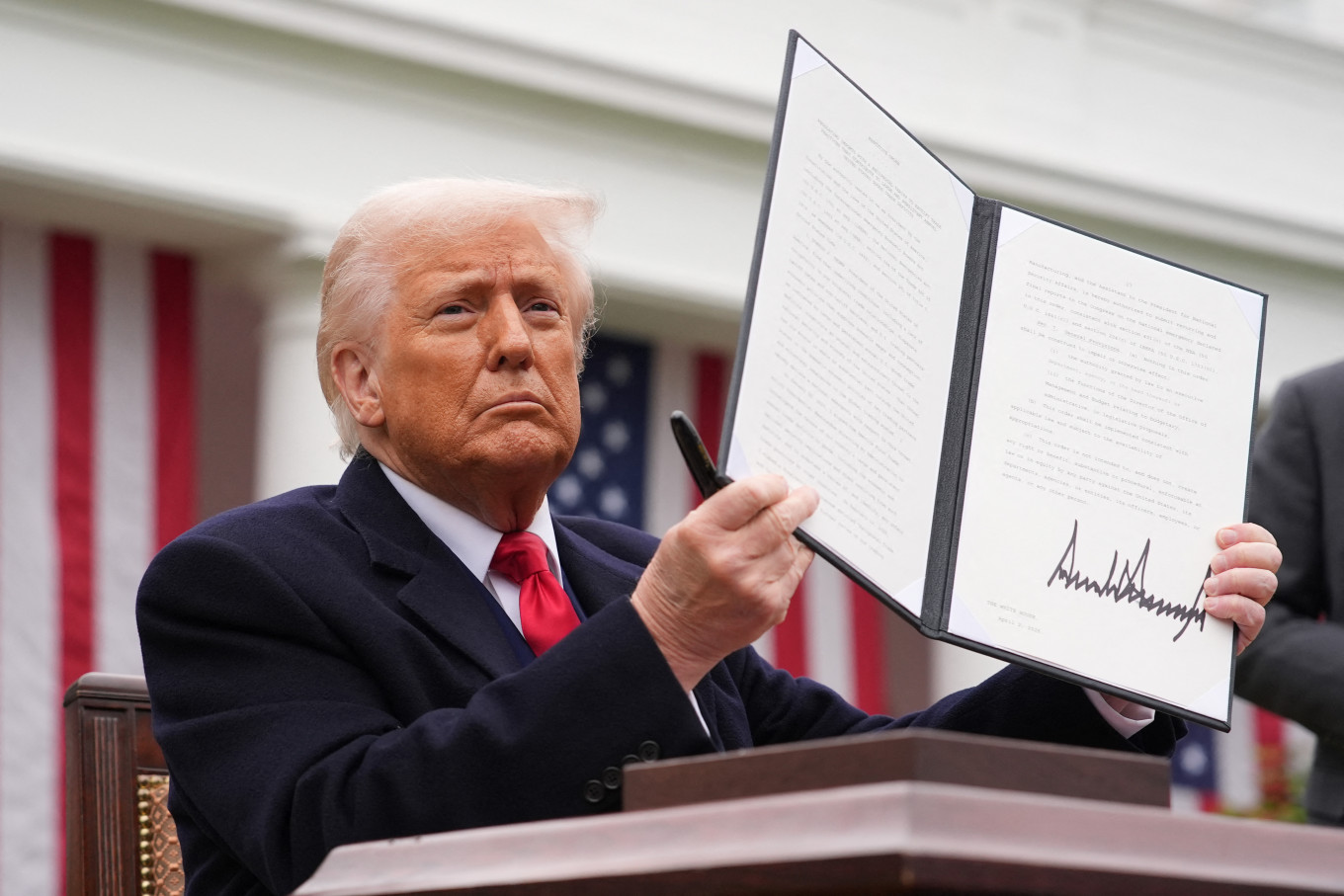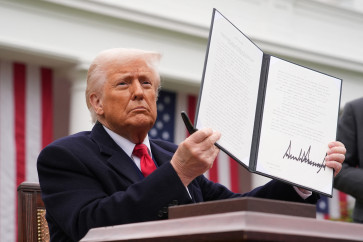Popular Reads
Top Results
Can't find what you're looking for?
View all search resultsPopular Reads
Top Results
Can't find what you're looking for?
View all search resultsWhy markets may soon call Trump's tariff bluff
If markets become desensitized to Trump’s tariff threats, they may no longer serve as an effective check on potentially harmful policies.
Change text size
Gift Premium Articles
to Anyone
T
hree months after United States President Donald Trump announced plans to impose sweeping new tariffs on most countries, the US economy appears surprisingly resilient. The stock market has rebounded from its initial slump, inflation remains under control and fears of a recession have receded, or at least they had before Trump announced a new 30 percent tariff on imports from Mexico and the European Union, two of America’s biggest trading partners.
In the months since Trump’s initial announcement, several countries have entered negotiations with the US, offering concessions they had long resisted. Many observers view this as evidence that Trump’s aggressive trade tactics are working and that economists may have overestimated the potential costs.
Yet this interpretation overlooks a critical detail: many of the tariffs that Trump announced over the past few months have not been fully implemented. In fact, the administration has repeatedly backed down from its initial threats, a pattern so consistent that it has earned the acronym TACO: “Trump always chickens out.”
Despite its outspoken distrust of experts, particularly economists, scientists and health professionals, the Trump administration has consistently been attuned to financial markets. Since early April, announcements of new or increased duties have repeatedly triggered stock-market declines. In response, the administration has often softened its stance by issuing exemptions, delaying some tariffs, and renegotiating others, leading to quick rebounds in equity prices. Announcements of bilateral deals have been met with investor optimism, while renewed threats of escalation have triggered sell-offs.
Until recently, this feedback loop has helped rein in the administration’s trade policies. But the latest escalation, including a 50 percent tariff on copper, higher-than-expected tariffs on goods from Vietnam and stalled negotiations with the EU, has barely moved the markets, with equity prices remaining elevated. The most plausible explanation is that investors no longer believe the administration will follow through on its threats. Instead, they see them as part of a now-familiar cycle: bold proclamations followed by delays or partial implementation.
Complacency, however, introduces a new kind of risk. If markets become desensitized to Trump’s tariff threats, they may no longer serve as an effective check on potentially harmful policies. Freed from that constraint, Trump could be emboldened to move forward with measures his administration has so far been reluctant to implement.
It is a classic “boy who cried wolf” dynamic. In the early stages, Trump’s aggressive rhetoric helped bring negotiating partners to the table without triggering the worst-case economic scenarios, largely because the market backlash acted as a deterrent. But as investors increasingly dismiss his tariff threats, the likelihood that he will follow through on them grows. And if that happens, the long-feared consequences could finally materialize: higher consumer prices, reduced trade, disrupted supply chains and slower long-term growth.



















